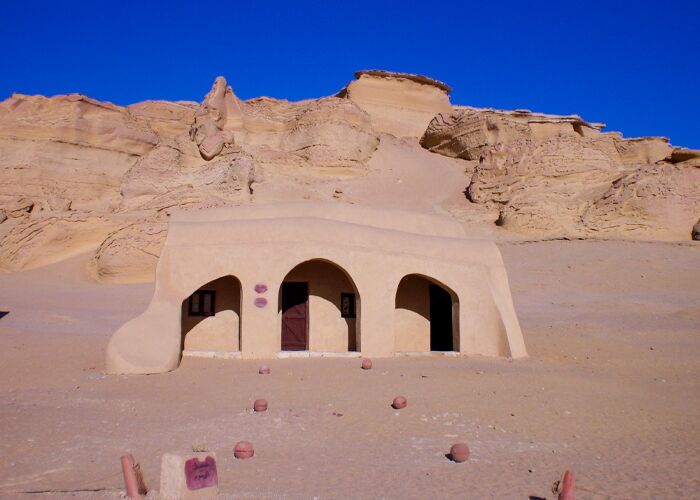Whales may be seen in the area known as Whale Valley.
The ancient fossils found at this archeological site in Egypt’s Fayoum Governorate’s western desert area have earned it historical renown.
The Egyptians called it “Wadi Al Hitan” because of its location in the Sinai Peninsula.
Discoveries:
Archaeoceti, a whale suborder that was formerly abundant but is now extinct, may be found in a large paleontological area here.
One of the most important discoveries of the 20th century, it provides a fascinating look at evolution as well as insight into how whales evolved from terrestrial species to ocean-going mammals.
It is clear from the skeletal remains that these animals started losing their limbs as terrestrial animals before reorganizing into aquatic species as a consequence of their losses.
Basilosaurus, whose skeleton was recently discovered by an American paleontologist, was descended from a species that originated in various parts of the world, including Pakistan, Europe, North America, and Asia. Basilosaurus was a creature that walked rather than swam when it was discovered in Pakistan, Europe, and North America.
When Wadi Hitan was an oceanic plate 40 to 50 million years ago, a huge collection of known (and still unknown) fossils from both ocean and land masses may be found in Whale Valley.
When the Tethys Sea was far further south than the Mediterranean Sea is now, this was when it existed.
Visitors:
Whale Valley’s continual excavation is commonplace, since new discoveries are found each year.
In addition to those who have a deep interest in paleontology, the findings awe and excite everyone who visits the park.
With an ever-increasing influx of tourists and a stunning setting, the site has become a prized Egyptian souvenir.

